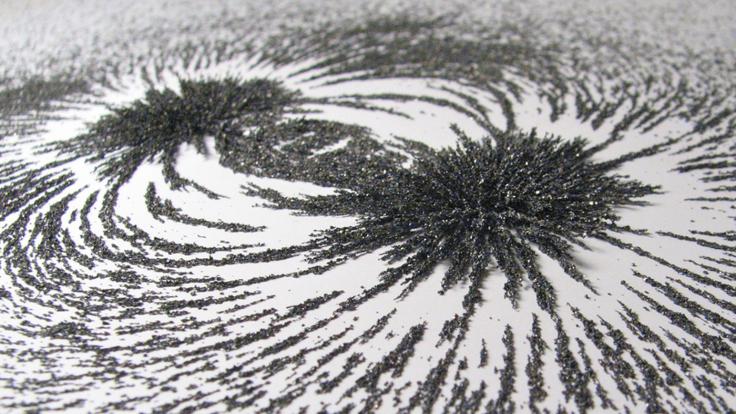Scientists from the ALICE experiment at CERN’s Large Hadron Collider have publicly revealed the first measurements from the world’s highest energy heavy-ion collisions. In two papers posted today to the arXiv.org website, the collaboration describes two characteristics of the collisions: the number of particles produced from the most head-on collisions; and, for more glancing blows, the flow of the system of two colliding nuclei.
Both measurements serve to rule out some theories about how the universe behaves at its most fundamental, despite being based on a relatively small number of collisions collected in the first few days of LHC running with lead-ion beams.
In the first measurement, scientists counted the charged particles that were produced from a few thousand of the most central lead-ion collisions—those where the lead nuclei hit each other head-on. The result showed that about 18,000 particles are produced from collisions of lead ions, which is about 2.2 times more particles than produced in similar collisions of gold ions at Brookhaven National Laboratory’s Relativistic Heavy Ion Collider.
With the LHC’s lead-ion collisions taking place at more than 13 times the energy of RHIC’s gold-ion collisions, predicting a big increase in the number of particles produced would seem to be a no-brainer. Surprisingly, however, the opposite was true. The majority of theories predicted a number lower than that measured by ALICE, because of a strange property of the world of quarks and gluons, the fundamental particles that make up a lead nucleus.
“Imagine you have a magnifying glass strong enough to be able to look at a lead nucleus,” explains Yale University’s John Harris, a member of the ALICE experiment. “When you look at the nucleus with the lower magnification, you will see three quarks and a few gluons. As you increase the magnification, you will see the same number of quarks but more and more gluons. When colliding at the higher energies of LHC, we are probing smaller sizes and distances as with the magnifying glass, and there the gluons will play a big role in what happens.”
Among theorists who work to describe what happens in these collisions, one school of thought said that there was an upper limit on how many gluons could be packed into a certain area. So at some point the number of gluons interacting—colliding—with each other would be saturated, and no more particles would be produced. But the measurement published today by ALICE shows that, if that limit exists, it’s not yet been reached at the LHC.
In the second measurement, ALICE scientists looked at events where the lead nuclei didn’t collide head-on, but instead hit each other slightly off-center. By using the ALICE detector to measure properties of particles emitted from these collisions, scientists measured how the system created when the two nuclei collide--the quark gluon plasma--flows.
The type of flow, called elliptic, has also been measured at RHIC and is related to the strength of the interaction between the quarks and gluons within nuclei. Measurements of the elliptic flow at RHIC experiments led to the surprising finding that the quark gluon plasma formed when two gold nuclei collide appears to flow like a “nearly perfect” liquid with almost no viscosity.
“The important thing about any fluid is its viscosity—its resistance to flow,” says ALICE scientist Peter Jacobs from Lawrence Berkeley National Laboratory. “If the particles in the fluid have a high probability of interacting with each other, the fluid has low viscosity, and vice versa. At RHIC we saw that a model with very low viscosity seems to describe the measured elliptic flow very well.”
The new ALICE measurement shows that the elliptic flow in LHC collisions is higher than at RHIC, but Jacobs cautions that it’s too early to translate that measurement into a statement about the viscosity of the quark gluon plasma formed at the LHC.
“Our measurement of elliptic flow is final, but it will take much more discussion with theorists before we know what that means in terms of viscosity,” he adds.
But one thing is already known – a number of theories have been ruled out that predicted that the quark gluon plasma created at the LHC would flow more like a gas.
“We can say that the system definitely flows like a liquid,” says Harris.
Both papers have been submitted to the journal Physical Review Letters.







